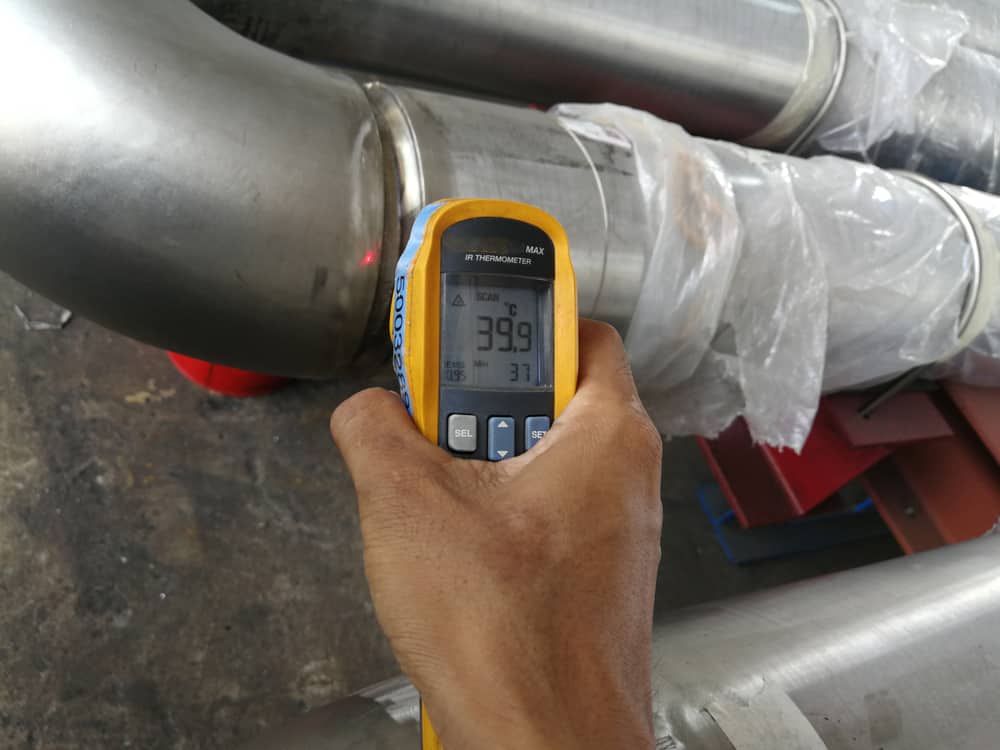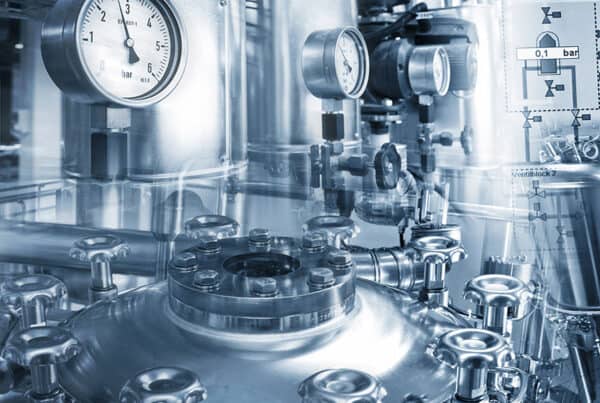
As a tried-and-tested method, manual welding is still preferred by many pipe welders, even with the increased productivity and reliability available through innovative welding technologies. However, in industries like oil and gas, the extent and complexity of welding pipes can make high-quality welds challenging to produce. Additionally, the risk of failure associated with manual welding in this industry increases due to human fatigue and cramped welding positions. To create consistent welds throughout the pipe system, manufacturers require a process that ensures weld quality and consistency while alleviating conditions that lead to fatigue and potential weld defects.
Orbital GTAW enhances precision, control, and consistency in the pipe welding process. When combined with orbital MIG, welders can produce reliable, high-quality welds faster. This article will discuss the advantages of orbital GTAW, orbital MIG, and the benefits of a pipe welding quality control process.
Pipe Welding Techniques for Quality Results
Manual pipe welding techniques are sometimes convenient, but there are drawbacks. Because manual welders are subject to fatigue and physical limitations, the manual welding processes can result in issues like positioning errors, weld defects, and weld inconsistency. Orbital GTAW enables welders to overcome these challenges to provide a better quality weld.
In pipeline welding, effective quality control enables defect-free joints and consistent welds that does not require rework. And although MIG and FCAW are commonly used, they can leave defects like undercutting, burn-through, and distortion in the pipe. These defects often arise from constant voltage and high heat during welding. The orbital GTAW process allows operators to control and optimize weld parameters to prevent fusion flaws. Further, the pipe can be held correctly for welding across different positions to ensure consistency and quality control.
However, the precision required to attend to the high level of detail achievable with orbital GTAW comes at the cost of speed. Careful weld beading with extensive monitoring and weld parameter optimization contributes to the amount of time required. In contrast, continuous feeding makes MIG a much faster process.
For pipe welding applications that require both quality and productivity, it may be beneficial to use both orbital GTAW and orbital MIG welding. However, in light of the difference in parameters of the two welding processes, their cumulative effect on the final product necessitates a close examination for quality control.
Pipe Welding Quality Control
Pipe welding quality control involves carefully monitoring welding procedures, performing quality testing on the finished component, and ensuring adherence to standards. The process monitoring phase should start with a WPS checklist with items that include:
- The right material and weld equipment
- Standardized weld station setup
- Suitable welding process (TIG, MIG, hybrid, etc.)
- Preparation of pipe joints
- Welders’ qualification.
Once the weld is performed, the next step in pipe welding quality control is weld inspection. Processes such as non-destructive testing (NDT) accomplish this with eddy current, ultrasonic, and many other testing methods without causing any damage to the pipeline. NDT accurately identifies weld defects such as cracks, pores, voids, and corrosion at the weld joint to assess if the pipe is safe for use. By adhering to industry standards, safe and high-quality pipe welding can be achieved.
Selecting the Right Process To Maintain Pipeline Quality
While orbital GTAW makes it easier to achieve high-quality results, operators should always follow guidelines that include:
- Examining the metallurgy of the pipe material
- Maintaining accurate weld parameters
- Using the right equipment
- Identifying the best way to weld pipe
- Performing a final inspection of the weld quality.
For weld processes like orbital GTAW, adhering to established best practices enables manufacturers to ensure pipe welding quality control.
Arc Machines, Inc. specializes in orbital GTAW systems that offer high-quality weld heads and power supplies to help manufacturers maintain pipe welding quality control. For inquiries regarding products, contact sales@arcmachines.com. For service inquiries, contact service@arcmachines.com. Arc Machines welcomes the opportunity to discuss your specific needs. Contact us to arrange a meeting.





